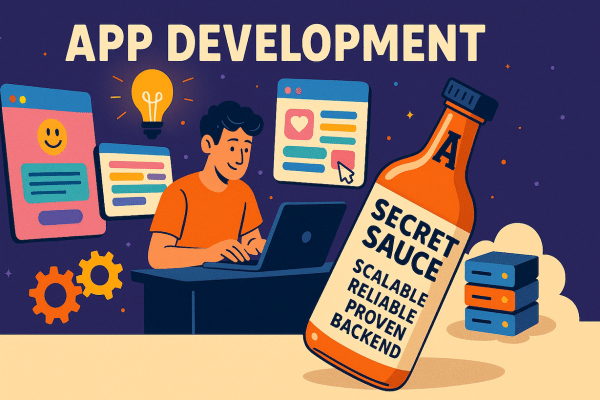How to Use SQL-Based Search for Data Objects in Backendless Console
As soon as you have data in persistent storage, the question of searching would be one of the first to come up. Indeed, how can you query the backend for data? We considered multiple options and elected to use the most popular one – SQL.
How to Create Data Tables, Columns and Relations by Importing CSV Files
Backendless can create tables when you store object hierarchies from a client application. Also, we described how to manually create data tables using Backendless Console.
How to Use Backendless REST Console to Fetch Your Data
One of the hidden gems packed with features is Backendless REST Console. It is a part of Backendless Console and is located in its own tab on the Data screen. The Console does exactly what it sounds like – lets you run REST requests against your data tables.
How to Load Data Objects From the Server With Sorting
In another Recipe article, we discussed how to load data from the Backendless mbaas server using paging. In fact, data paging is only one of the features available in the data loading API. In this post, we are going to show how to fetch data objects with sorting. The sorting option can be combined with…
How to Create/Save New Data Objects Using REST Console
The REST Console is a part of the Backendless Console. It is a versatile interface that lets you perform a complete CRUD (Create, Retrieve, Update, Delete) set of operations on your data stored in Backendless using the REST interface.
How to Load Objects From an MBaaS Storage Using Data Retrieval API
Loading data objects from the Backendless persistent storage is a fundamental operation a large majority of the online/mobile applications require. Backendless Data Retrieval API is simple, yet very powerful.
How to Load Related Data Objects – The ‘Semi-Lazy’ Approach
In other articles, we’ve discussed how to load object relations using the auto-load and the one-step approach. Both of these approaches return a complex hierarchy of data where the parent object includes child entities at the time when it is retrieved from the server.
How to Generate Client Code Based on Defined Tables
In this post, we continue our mission to build a restaurant to-go order app. So far we have put together UI mockups for the future Backendless application, and designed data schema for all the application’s data entities. At this point, we are very close to the coding part.
How to Load Related Data Objects – The ‘One-Step/Dynamic’ Approach
In another article, we described how to load complex data objects from the persistent storage using the “auto-load” technique. Using that approach, a developer can statically identify specific (child) properties that should be returned along with the parent object(s) when a client app sends a request to load them.
